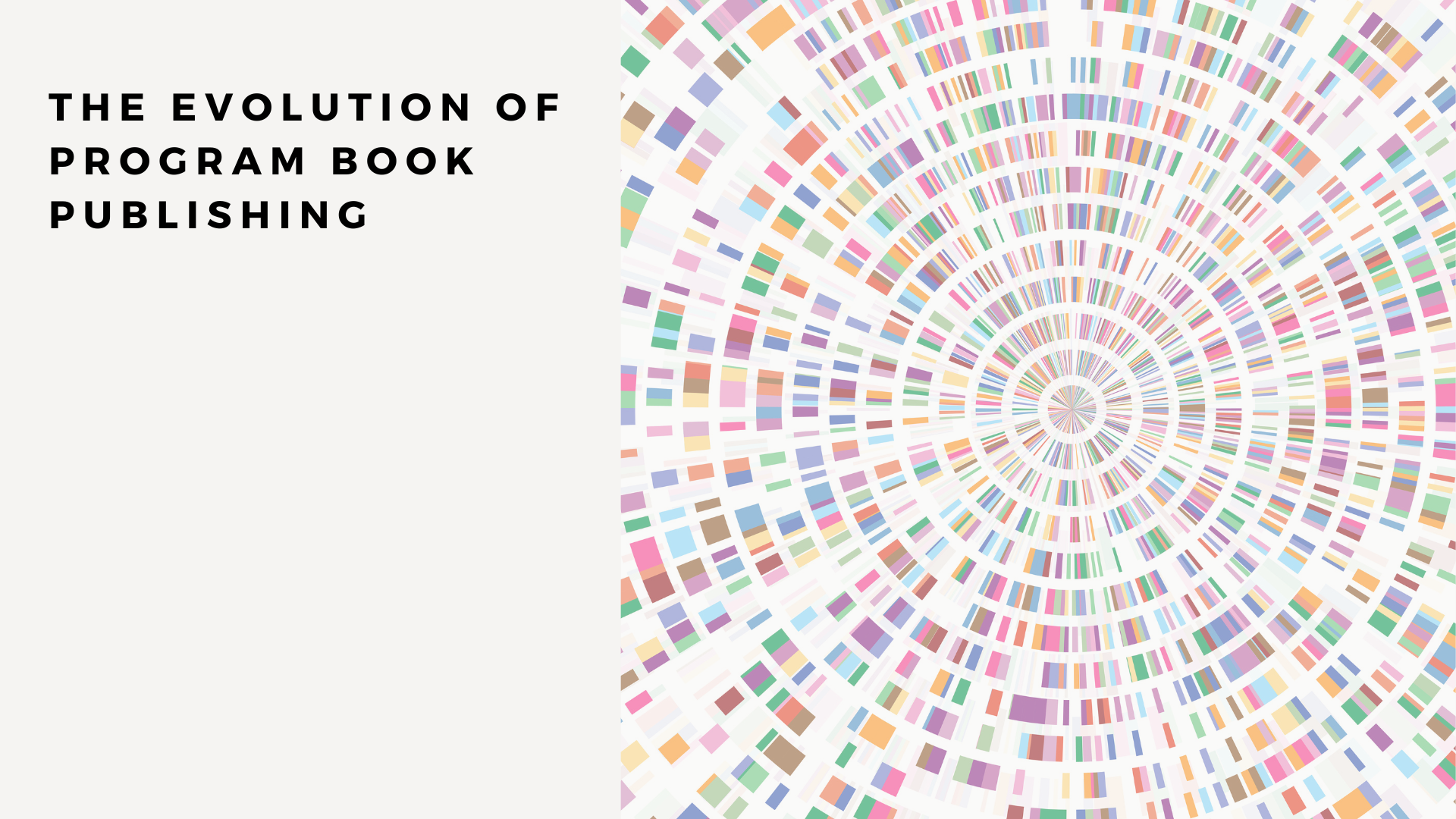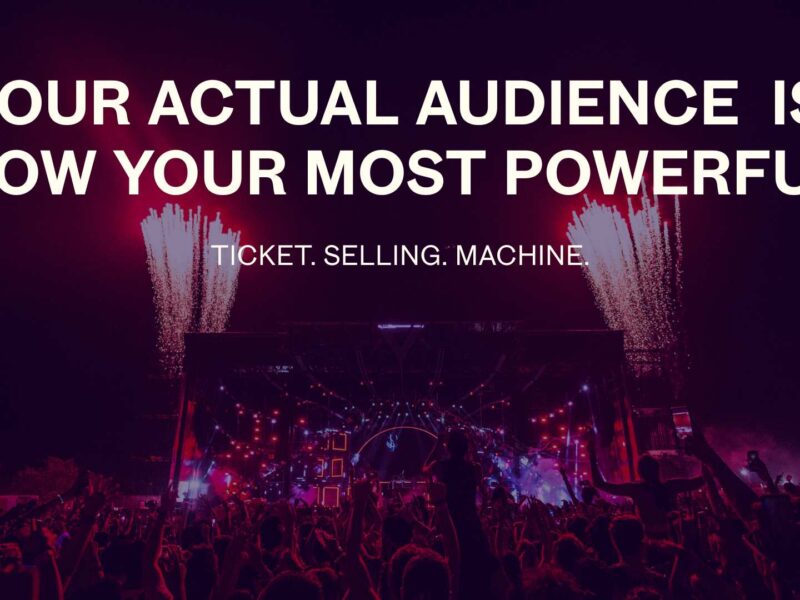Program books have long been a staple of the performing arts world, offering audiences a tangible connection to the event they’re attending. These printed materials have traditionally provided essential information such as artist bios, event schedules, and acknowledgments to sponsors. However, as technology has advanced and audience preferences have shifted, the world of program book publishing has undergone a significant transformation. This blog will explore the evolution of program book publishing, tracing its journey from traditional print formats to the innovative digital solutions we see today. We’ll highlight the benefits and challenges of this transition and offer insights into why embracing digital program books is essential for the modern performing arts organization.
The History of Print Program Books
The origins of printed program books in the performing arts can be traced back to the early days of organized performances. These modest pamphlets were initially used to share basic event information, such as the lineup of performances and brief notes about the artists. As the performing arts grew in popularity, so did the sophistication of program books. Over time, they evolved into elaborate publications featuring detailed artist biographies, director notes, and advertisements from sponsors, all wrapped in beautifully designed covers.
Printed program books became a cherished part of the audience experience, offering a keepsake from the event that attendees could take home. The tactile nature of print created a strong connection between the performance and its audience, solidifying the role of program books as an integral component of the arts.
The Shift to Digital Program Books
As technology advanced, the performing arts industry began to explore new ways to enhance the audience experience. The rise of smartphones, tablets, and widespread internet access made digital content more accessible and desirable. This shift in technology, combined with changing audience preferences, paved the way for the adoption of digital program books.
Modern audiences increasingly prefer digital content that is easily accessible on their devices. They expect interactive features, such as links to videos, social media integration, and real-time updates, which printed program books simply cannot provide. Furthermore, the environmental and cost considerations associated with print have become more pressing. Digital program books reduce the need for paper, helping organizations minimize their environmental footprint, and cut down on printing and distribution costs.
Benefits of Digital Program Books
The benefits of digital program books extend far beyond cost savings and environmental impact. One of the most significant advantages is the ability to enhance audience engagement through interactive features. With digital programs, organizations can include links to videos, artist interviews, and behind-the-scenes content, offering audiences a richer experience. Real-time updates allow for last-minute changes to be communicated instantly, ensuring that the information provided is always accurate and up to date.
Digital program books also provide organizations with valuable data-driven insights. Through analytics, organizations can track how audiences interact with the program, which sections are most popular, and how long users engage with the content. This data is invaluable for making informed decisions about future events and marketing strategies.
Moreover, digital program books broaden the reach of your content. They can be easily shared via email, social media, and even text messaging, extending the impact of your program beyond the physical event. This broader reach not only enhances audience engagement but also opens new opportunities for sponsorship and advertising.
Challenges of Transitioning from Print to Digital
Despite the many benefits, transitioning from print to digital program books is not without its challenges. One of the most significant hurdles is resistance to change. Some organizations and audiences may have a strong attachment to traditional printed program books and may be reluctant to embrace digital alternatives.
Technical and resource requirements also pose challenges. Creating and distributing digital program books requires a level of technical expertise and infrastructure that some organizations may lack. Additionally, maintaining the aesthetic and tactile value of printed program books in a digital format can be challenging. Many audiences appreciate the physicality of print—the feel of the paper, the act of flipping through pages—which is difficult to replicate digitally.
The Hybrid Approach: Combining Print and Digital
For organizations looking to cater to both traditional and modern audiences, a hybrid approach that combines print and digital program books may be the ideal solution. This approach allows organizations to offer a limited-edition print version for those who cherish the tangible experience while providing a digital program for those who prefer the convenience and interactivity of a digital format.
There are already examples of performing arts organizations successfully using a hybrid model. These organizations have seen the benefits of offering a digital program alongside their print version, satisfying both segments of their audience while reaping the advantages of digital technology.
Enhanced Marketing Capabilities: Digital program books allow for dynamic and personalized marketing opportunities. Unlike static print ads, digital ads can be tailored to individual audience members based on their preferences and behavior. For example, you can include clickable ads that direct users to purchase tickets for upcoming events, watch trailers, or engage with additional content. Furthermore, digital programs can be integrated with social media and email campaigns, enabling targeted marketing efforts that resonate with specific audience segments. The immediacy and interactivity of digital programs create new ways to engage audiences and drive conversions, turning every program book into a powerful marketing tool.
Audience Insights for Better-Informed Decision Making: One of the most significant advantages of digital program books is the wealth of data they provide. Through detailed analytics, organizations can gain insights into how audiences interact with their content. This includes understanding which sections of the program are most viewed, how long users spend on each page, and what types of content drive the most engagement. These insights are invaluable for making informed decisions about future programming, marketing strategies, and even sponsorship opportunities.
For instance, if data shows that a particular type of content—such as artist interviews or behind-the-scenes videos—receives high engagement, organizations can prioritize this content in future digital programs. Similarly, understanding audience behavior allows for better planning of event marketing campaigns, ensuring that resources are allocated where they will have the most impact. The ability to continuously refine and optimize based on real-time data is a game-changer for performing arts organizations looking to stay competitive and relevant in a rapidly changing industry.
Future Trends in Program Book Publishing
As we look to the future, it’s clear that digital program books will continue to evolve, especially in how they enhance marketing capabilities and audience insights. One of the most promising aspects of digital programs is their ability to transform marketing strategies. With digital programs, performing arts organizations can integrate marketing efforts more seamlessly and effectively than ever before.
Conclusion
The evolution of program book publishing from print to digital reflects the broader changes occurring in the performing arts industry. While print program books will always hold a special place in the hearts of many, the advantages of digital cannot be ignored. Digital program books offer enhanced engagement, valuable data insights, broader reach, and significant cost savings, making them an essential tool for modern performing arts organizations.
By embracing digital program books—whether fully or as part of a hybrid approach—organizations can stay ahead of industry trends and continue to provide their audiences with the best possible experience. To explore how digital program book solutions like Audience Access can help your organization, reach out to us today. Let us help you navigate the future of program book publishing and take your audience engagement and marketing capabilities to the next level.


